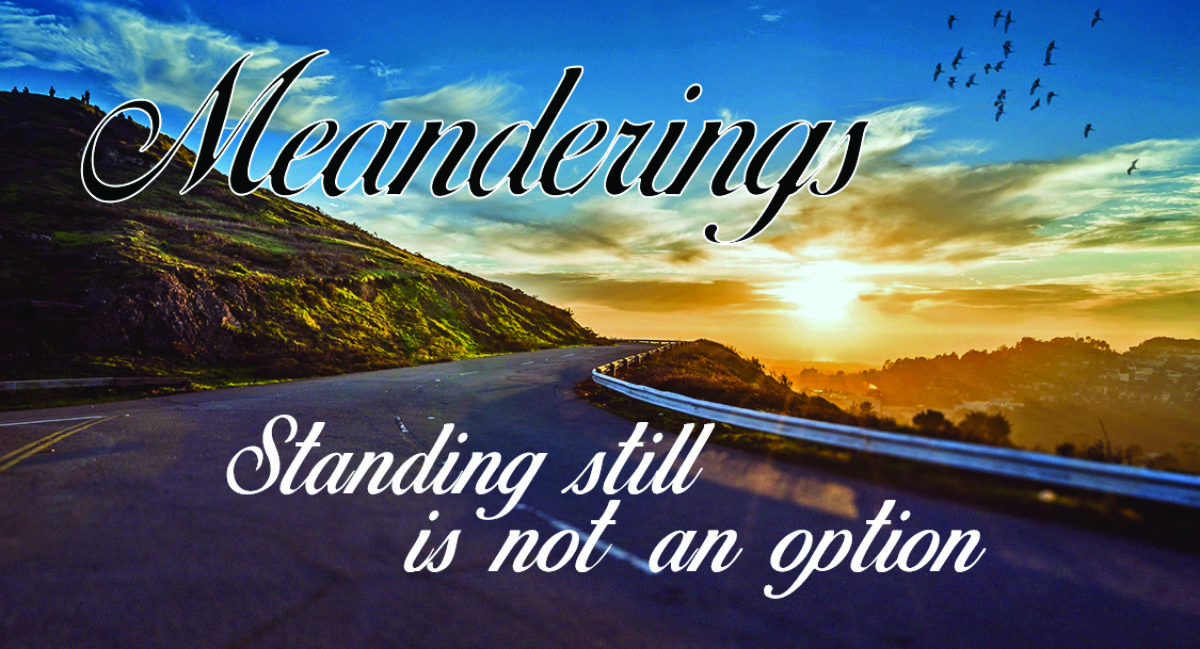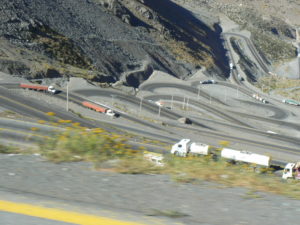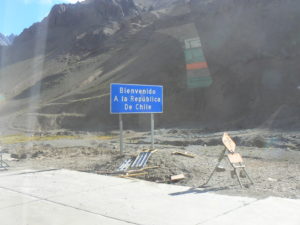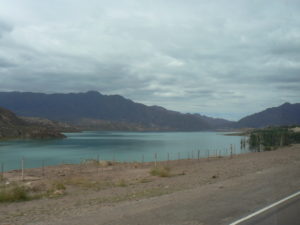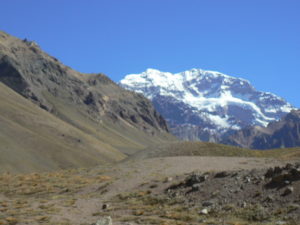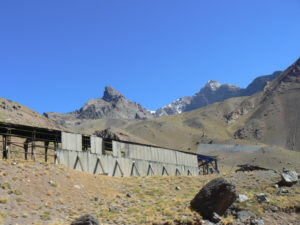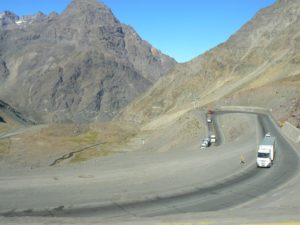“Lady, lady, for you.”
I looked down to see the little boy tugging at my pants and holding a small, colourful, Bird of Paradise woven basket. It was the same little boy I had just met at his mother’s stall. He had such beautiful eyes. I taught him ‘Inky Dinky Spider’. We bonded.
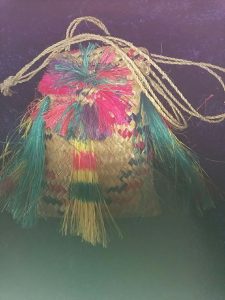 We were in Papua New Guinea at the port of Lae. The cultural tour was over and my head was a maelstrom of weird and wonderful bits of information.
We were in Papua New Guinea at the port of Lae. The cultural tour was over and my head was a maelstrom of weird and wonderful bits of information.
- Mourning rituals: When a husband dies the wife is locked away for a minimum of six months. She lives in a semi-starvation state and is looked after by other women in the tribe;
- Some women make beads for each day of mourning. Count the beads and you will know how long she mourned. 250 beads means she mourned for 250 days.
- The MUD people are one of over 700 tribes and language groups in Papua New Guinea. Pidgin English is the only shared language. When a mud person die they must be buried near their home. If one should die far away a collection is taken to bring the body home.
- Mud people have various death rituals all of which end in the body being mummified in mud in some way except for the method where the body is left out to be picked clean by vultures and insects. The bones are then put in caves or kept near the home. The head is revered and is kept inside the home. “Would you like to meet my father?” is not such a simple question as if you answer “yes” it may result in your actually meeting his skull. We were told that one man kept the skull of his first wife in a zippered carry-on bag, introduced her to all and sundry and spoke to her frequently. Needless to say such luggage now holds a somewhat macabre fascination and I often wonder what marvellous mementos are ensconced therein.
Then there are the Bird people. Birds with plumage that defies description, flaunting colours that cannot be duplicated abound, and are indigenous to Papua New Guinea There is an almost supernatural connection between the people and the birds. They infiltrate all areas of life – the religious, social, political and the magical. Ceremonies always include people dressing up with feathers, aping the stance, movement and nature of the birds they try to replicate and emulate. Then there are the Mesmerizers, but that is another story.
Now here we were in the market, much bigger than usual as a cruise ship was in port and this little man, maybe five years old is giving me a gift. I laughed as he tugged and held the miniature basket/purse aloft smiling shyly. “Thank you. Thank you.” I handed it to Bert and got out US$5.00 from my own purse. Before I could hand it to my little friend the mother appeared as if from nowhere and said: “No. No. Basket gift. No money”. Her words did not match the look in her eyes which was one of reproach. She said: “No pay. Gift.” I got the message.
Dropping to my haunches (I could do that then) I enveloped the boy, hugged him and said “Thank you” again. He giggled. His Mother smiled. I looked over at the grandmother still at the stall and she gave a slight nod and a gapped- toothed smile. I felt a shiver of shame. If I was at home and got a gift I would not go to my purse to offer money. Here I was, someone who prided herself as a traveller not a tourist doing a gauche touristy thing. Unintentional, well meaning but a blunder.
Our little friend said something to his mother, she nodded, and he held my hand and said: “Come.” The six of us in our party all followed him as he led us to many stalls. Everyone seemed to know him. Del made a remark that he was a born leader; a Mesmerizer who would be able to get anyone to follow him. When we got back to his mother’s stall Bert did the right thing. He looked at all the offerings and bought a wooden ashtray, a woven tray with two place mats, a tiny bowl rimmed with shells. He was able to do what I wanted to do. He gave them much needed currency in the best way possible by purchasing the goods without barter.
Our little friend accompanied by his grandmother came to the shuttle bus to see us off and waved enthusiastically as we left. “Bye, lady.” We waved back until they were out of sight.
The Meander: All the things Bert bought went into the ship’s auction. I kept my little basket/purse. I will not use it but it reminds me of my little friend. It reminds me that life lessons may be learned anywhere and when you least expect it. I have not made such a mistake again. Every gift needs only a simple “Thank you.”
